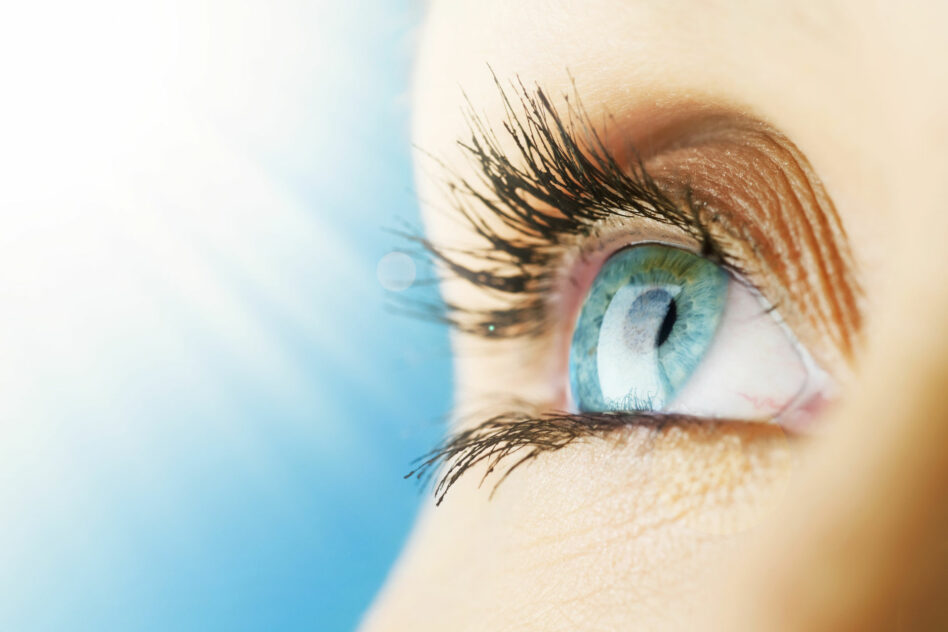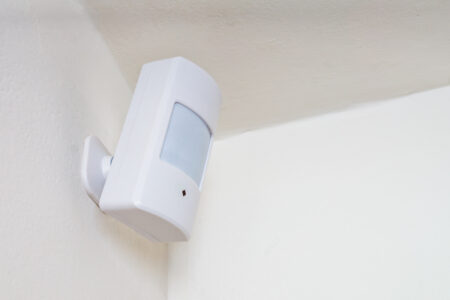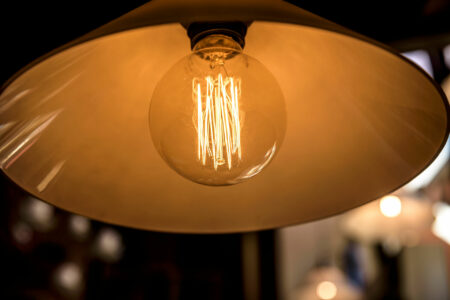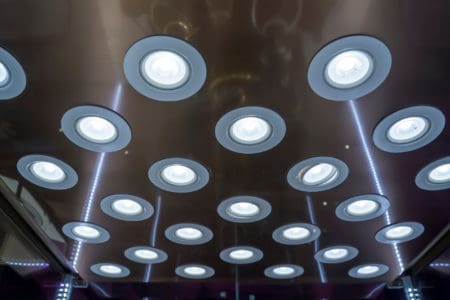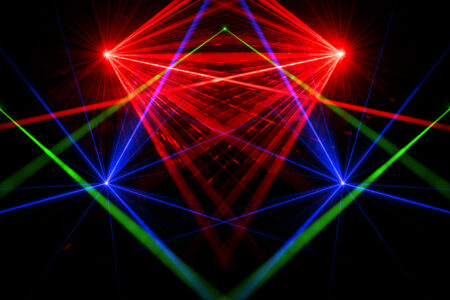LED lights produce light more effectively than incandescent lights. LEDs are commonly found in televisions, electronics, indoor and outdoor lighting. Compared to other lights, LEDs are the most energy efficient but also the brightest lights. It’s easy to understand why LEDs are so widely used but you may wonder if they are bad for your eyes?
Exposure to LED lights can harm your eyes, and constant long-term exposure can lead to vision loss. Damage caused by LED lights is irreversible. LED lights can also cause eye strain and fatigue and negatively impact your circadian rhythm. In this article we’ll determine how much exposure to LEDs is too much or would even damage your eyes.
Do LED Lights Have A Negative Effect On Your Eyes?
This articles is based on the following research-based studies:
- Retinal Protection from LED-Backlit Screen Lights by Short Wavelength Absorption Filters (November 2021)
- Potential risks to human health of LEDs (June 2018)
- Photoprotective Effects of Blue Light Absorbing Filter against LED Light Exposure on Human Retinal Pigment Epithelial Cells In Vitro (January 2013)
- Effects of Light-emitting Diode Radiations on Human Retinal Pigment Epithelial Cells In Vitro (September 2012)
Eye damage from LED lights will only cause harm when there is a high intensity of exposure to LED lights with wavelengths that are below 455 nanometers.
Over time, constant exposure to LED lights can lead to a loss of retinal cells and can negatively impact the sharpness of your vision. Extreme exposure to LED lights is also linked to eye diseases, headaches, and visual strain.
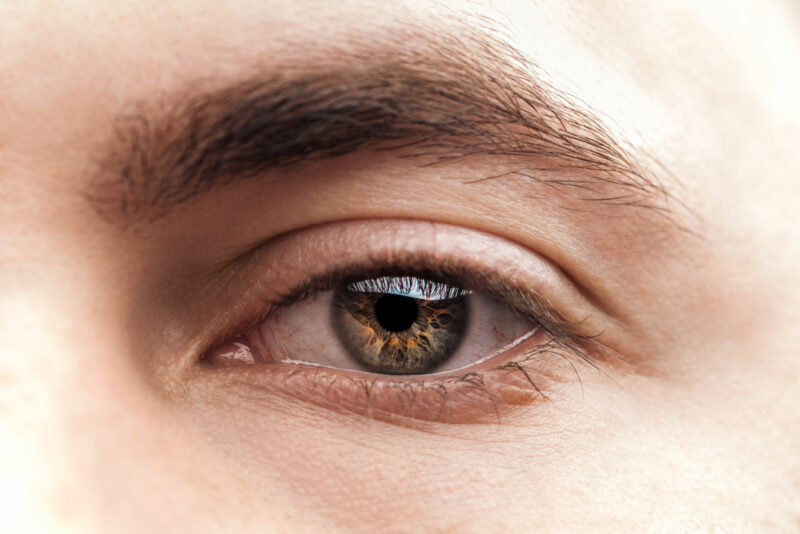
The problem with LED lights is that, unlike other lights, they emit blue light, which can damage your eyes. This blue light also disturbs your natural sleep patterns. However, for most people, LED lights are not a significant concern, and when the use of LED lights is limited, there are no adverse effects on the eyes.
How To Protect Your Eyes From LED Lights
If you are exposed to LED light most of the day, take some protective measures to reduce the impact LED lighting has on your eyes. The most common sources of exposure are indoor lights, television and cellphone and computer screens.
Eye Protection Methods
- Specialized lenses: Specialized glasses can be fitted with a filter to help reduce the amount of blue LED light you’re exposed to. Many optometrists offer these filters, which are especially useful for those exposed to LEDs for most of the day.
- Room lighting: Try to keep your indoor and room lighting consistent. Dim room lighting can trick your eyes into emitting more blue light from your devices.
- Adjusting screen settings: Changing your screen settings on all your devices can help minimize LED exposure. Your brightness level should match your room lighting, and your screen settings should always be low.
- Reducing screen time: Reducing screen time is the best way to minimize the effects of blue light emitted from LEDs.
- Blue light filter app: There are various blue light filter apps that you can use to protect your eyes from LED lights. Many of these are available for phones and computers.
- Adding nutritional food and supplements to your diet: Dietary supplements can help prevent your eyes from eye disease and degeneration. Some of these include lutein, zeaxanthin, and astaxanthin. Adding leafy greens to your diet can also help prevent eye degeneration.
- Practice the 20-20-20 rule: The 20-20-20 rule is a simple exercise to prevent eye strain. This rule states for every 20 minutes spent on a computer, you should look away from your computer at an object 20 feet away for a minimum of 20 seconds. This will not only help prevent eye strain but dry eyes as well.
- Switch LED lights off when you don’t need them: LED lights can cause visual discomfort and headaches. If you have several LED lights in your home, switch them off when you don’t need them and take advantage of the natural light in the room.
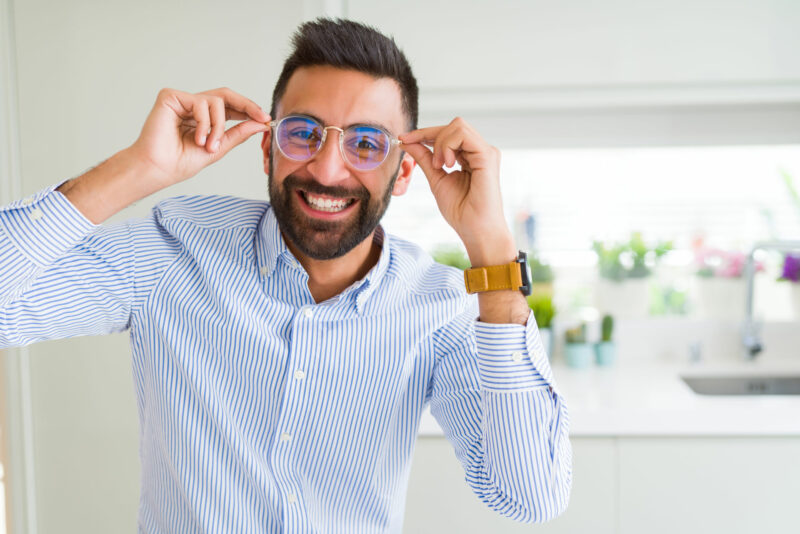
Which LED Lights Are Best For Your Eyes?
Warm LED lights are best for your eyes. Whether installing indoor or outdoor LED lights, it is best to choose warm white lights over cool white lights. The warm LED lights do not emit as much blue light and will not cause as much harm to your eyes.
Most blue light is emitted from computers, televisions, tablets, and smartphones. It’s best to reduce the amount of time you spend exposed to this light and take frequent breaks to avoid eye strain.
Will Having LED Lights In Your Room Affect Your Eyes?
LED lights last longer, can be kept on the whole day, and dim with age. The average lifespan of an LED light is between 35,000 – 50,000 hours, and these days most people prefer using LED lights indoors. If you have LED lights in your bedroom or other rooms in your home, you may be concerned that they will harm your eyes.
It’s better to opt for warm LED lights for your bedroom as this will not emit as much blue light. Also, try to limit the use of LED lights at night in your room, so it doesn’t impact your sleep. Limited use of LED lights in your room is perfectly fine and should not harm your eyes.
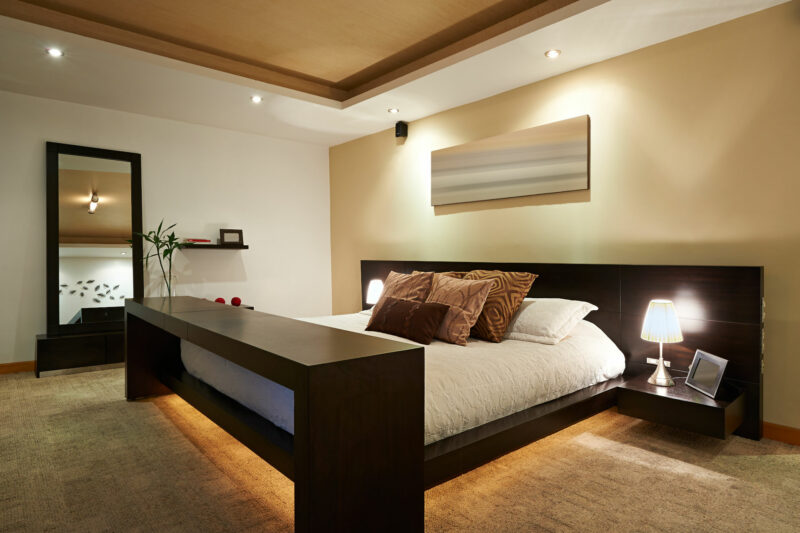
Which Lights Should You Use Instead Of LED Lights?
If you’d prefer to avoid the risks associated with exposure to LED lights, there are other options, but they are not as popular or as easy to find these days. Two alternatives to LED lights are CFLs and halogens.
Alternative Lighting To LEDs
| CFL | Halogen | |
|---|---|---|
| Description | The Compact Fluorescent Light (CFL) light was designed to replace the old-fashioned incandescent light bulb. These lights have a curved tube design, save five times more electricity, and last 15 times longer than incandescent lighting. | A halogen light is made of a tungsten filament sealed in a compact envelope. Halogen lights are small and commonly used in projectors. Halogen lights are less effective than LEDs and are being phased out. |
| Advantages | • Better for your eyes • Come in varying sizes • Use less energy than incandescent lighting • Last longer than incandescent lighting | • They are very similar to incandescent and usually come in the same style of bulb • Not ideal for constant and daily use • Halogens have dimming functions |
| Disadvantages | • Contain mercury which can be toxic if not disposed of properly • Don’t last as long as LEDs • Work best when used all the time | • Short lifespan • Not energy efficient • They don’t offer as many benefits as LEDs |
